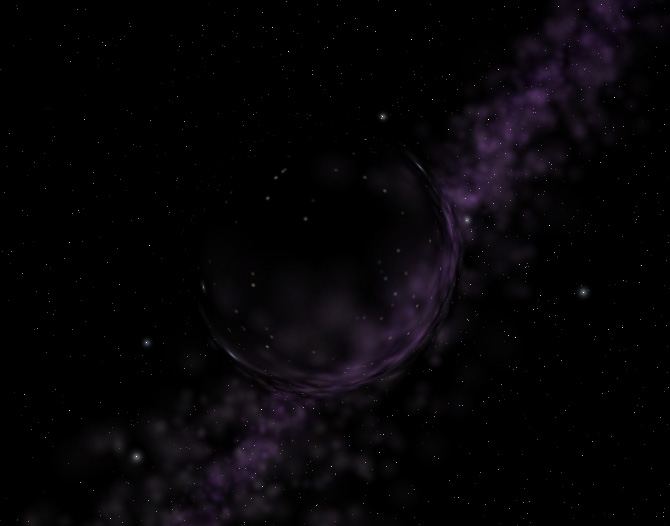Do a gravitational lens could look like this?

ElChristou wrote:Hello,
Do a gravitational lens could look like this?

ElChristou wrote:Making such lens is a question of coding, and unfortunatly it's not my cup of tea...
maxim wrote:...
First, according to the required masses, you'd need the concept of galaxy clusters as seperate objects beeing defineable and renderable inside Celestia. That's definitely more than Fridgers galaxy catalog can support currently. Actually 10000+ galaxies may be not even the sum of what our nearest neighbour - the Virgo Cluster - contains. So you need a seperate catalog on clusters and the ability to render it.
....
Well, do you think this amount will be enough to let us consider about grav lens effects?t00fri wrote:Since 2 weeks I am up at 25000+, but I agree when looking at the SDSS survey things are getting interesting at the level of 100000+ ...
The big stars database (2000000+) needs about 50 MB on my harddisc. I think there is room for improvement on galaxy data storage.t00fri wrote:Still, 25000+ galaxies corresponds to the biggest Pro catalog before SDSS. The latter targets at 15 Terabyte (!) of raw data ...Anybody ready for a new HD? Laughing
ElChristou wrote:You are perfectly right... Now what about a black hole? Is there a way to create some kind of bilboard with soft edges, on with the distorch filter can be applied? I'm curious to see in real time this kind of stuff... I know it won't be very "scientific" but this can give some idea for *perhaps* some more serious works...
ElChristou wrote:Do a gravitational lens could look like this?